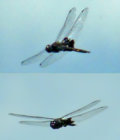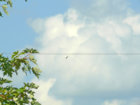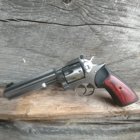I'd be interested in seeing your bare bulb rig. I have plans for a 5 bulb rig I was wanting to build for shooting portraits of large groups, but those images are casting really clean shadows with excellent light quality.
I've been thinking about taking an LED continuous light I have and using a diffusing panel to make a small scale bank for hand guns and detail shots. Fortunately I work in the plastics industry and have lighting white materials with specific various % transmissions available to me, so I can get a really nice clean color temp.
I haven't tried this for any photography but I bought a Worx worklight. It doesn't put out light like you would think. It's a very wide pattern with zero rings or hot spots. Not an extremely bright like some lights. You could use it up close and still read a white piece of paper without being blinded. I need to use a tripod and see what it does up close with no other source of lighting.



















